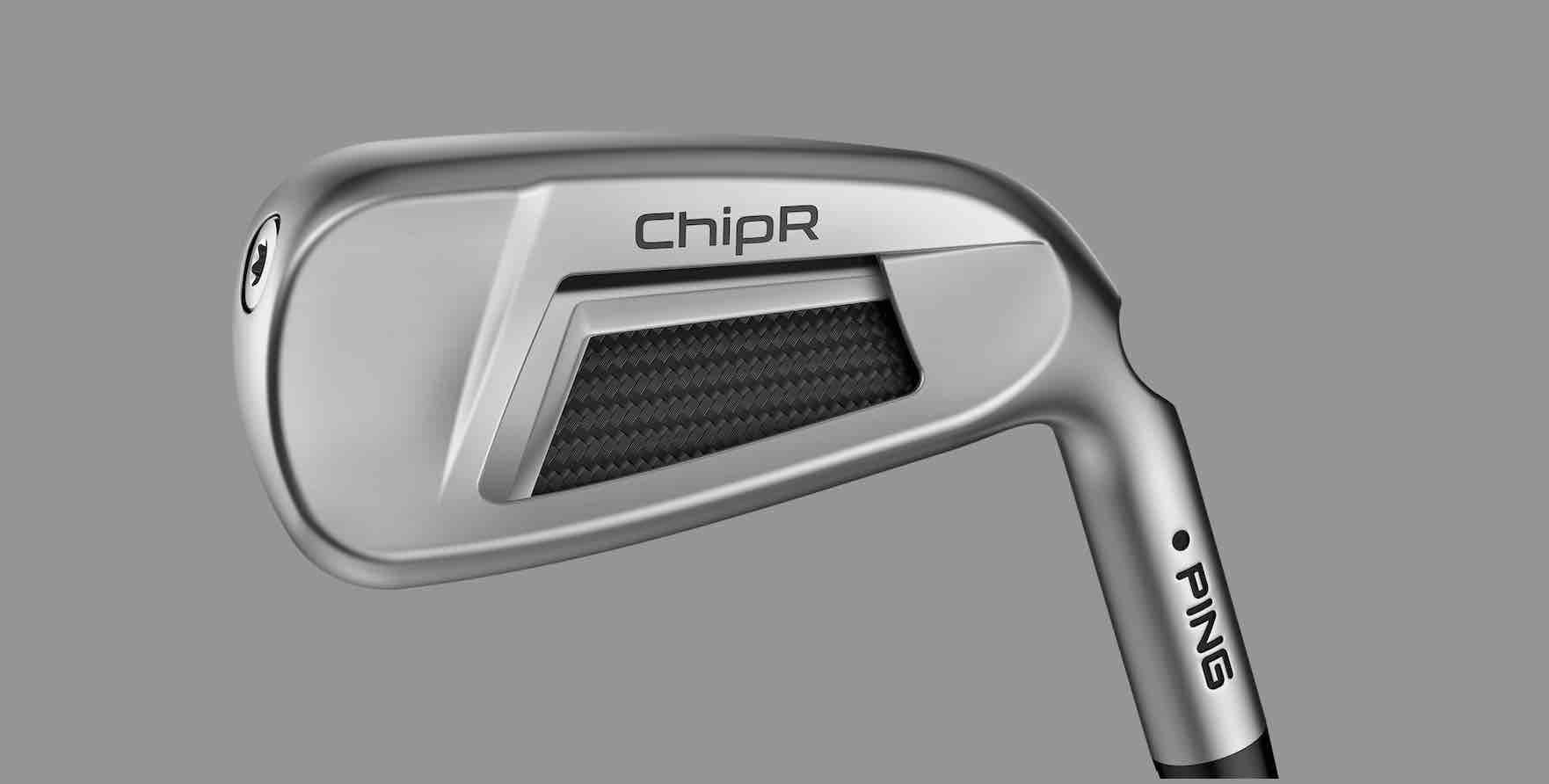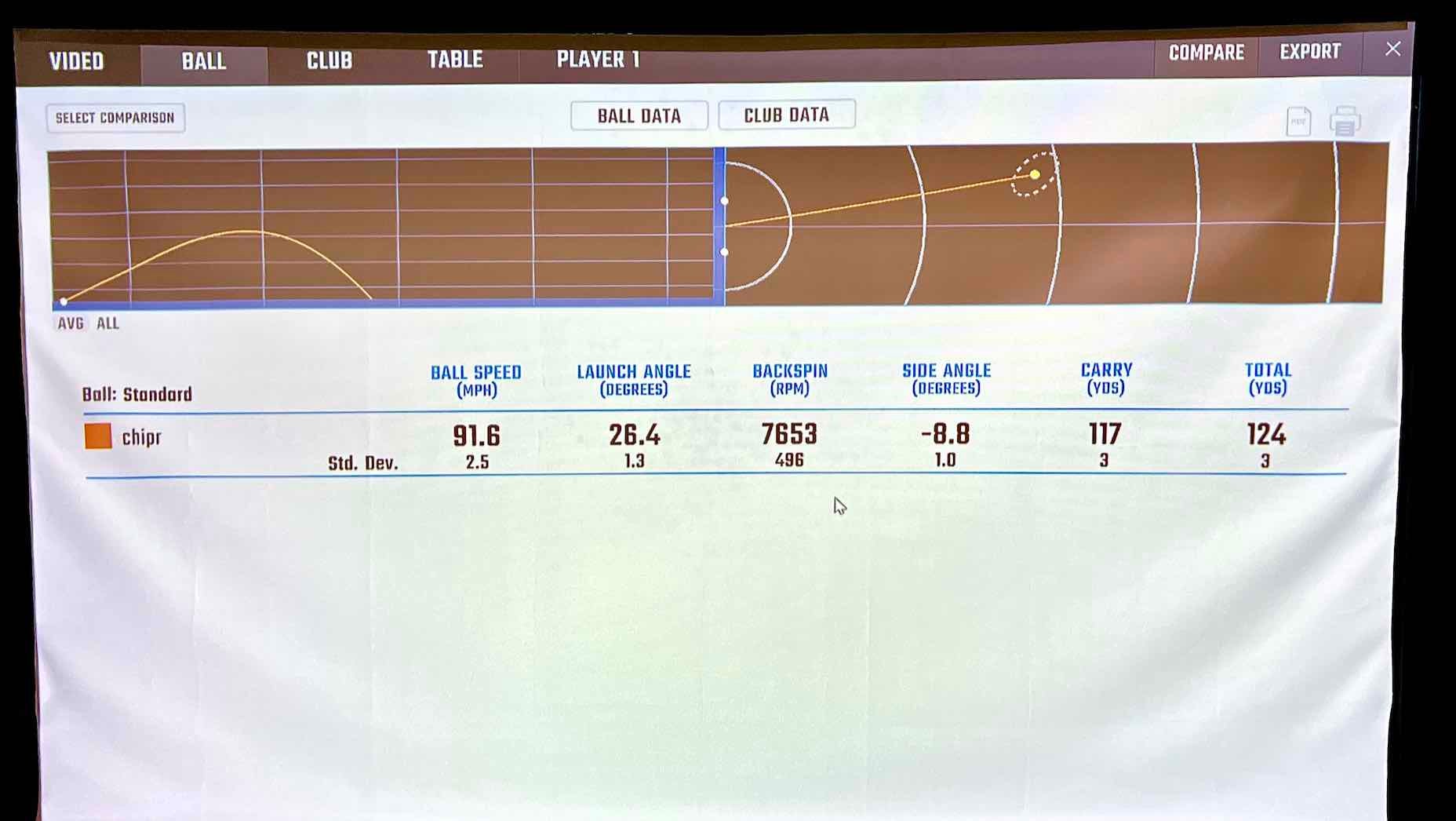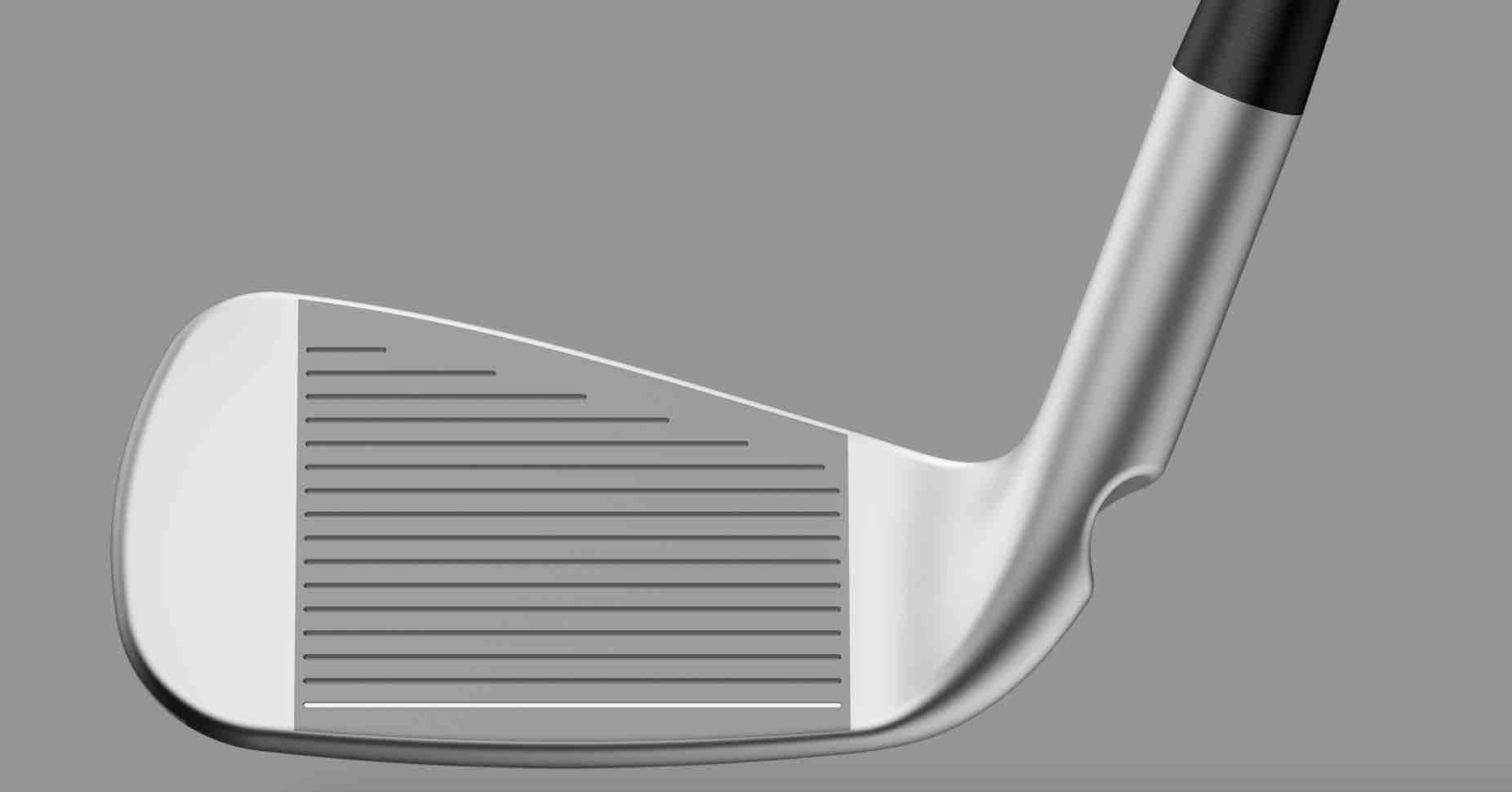
Ping’s ChipR is more versatile than you might think.
Ping Golf
It’s my job to test and talk about golf clubs, even clubs where I might not be part of the intended demographic. Sure, I end up testing a lot of clubs that won’t necessarily help my game but they help me experience golf in a different way — more specifically, how to make the game more fun for the average player.
With all of that in mind, one club that has stuck out to me since its release is the Ping ChipR, which is an all-encompassing short game tool designed to eliminate variables and help increase consistency around the green and inside 40 yards. As the name suggests — yes, it is a chipper.
Although it is designed to be used as a chipping club and Ping suggests the ChipR is intended for shots inside 40 yards I had to know: What would happen if you hit full swing shots with it? Well, that’s exactly what I did and I discovered some interesting results.

Ping ChipR
Ping Golf
The Test
I hit 10 balls using a stock Ping ChipR (70-degree lie angle; 38.5 degrees of loft) with my normal full wedge swing. I removed one outlier from the test which was hit on the second shot and conducted the test inside using a Foresight GCQuad launch monitor and Titleist ProV1X golf ball.
The Results

Summarized data from the test – including standard deviation
Ryan Barath
The two things that stand out from the test are the distance from the center line left of the intended target, and the overall consistency of the performance.
One thing to understand from performing any club test is the difference between accuracy and consistency/precision. Although I was not hitting my intended target on the center line the Ping ChipR offered an extremely high level of accuracy, with a small standard deviation in the final outcome.
The Takeaways
There are a couple of important things that can be taken from this quick test beyond the fact that it’s really fun to take a full swing at a chipper.

Ping ChipR Face
Ping Golf
1. The Ping ChipR has an intentionally heavy head weight relative to club length resulting in a much heavier than normal standard swing weight. The swing weight of the ChipR is E6, which to put in perspective is 12 points higher than their Glide 4.0 lob wedge at the same length.
If you are looking for a way to create some consistency in your full swing approach clubs, making them heavier could be a way to shrink dispersion. This is something I will be testing again in the future.
2. Lie angle is extremely important!
If you have ever felt that you are making solid contact but missing in the same spot over and over, especially with your shorter irons and wedges — there is a really good chance your lie angle isn’t matched for you. If I bent the ChipR flatter I suspect I would see the final grouping closer to the target line with a similar dispersion.
Let this be a fun reminder that just because a club is labeled as one thing doesn’t mean it can’t be used to help hit a variety of shots, so whether you already have a ChipR or a similar club in the bag, there’s nothing wrong with being a little creative.
Want to overhaul your bag for 2022? Find a fitting location near you at GOLF’s affiliate company True Spec Golf. For more on the latest gear news and information, check out our latest Fully Equipped podcast below.
All of our market picks are independently selected and curated by the editorial team. If you buy a linked product, GOLF.COM may earn a fee. Pricing may vary.
Ping ChipR
Check out Fairway Jockey for Ping’s ChipR.
BUY NOW
